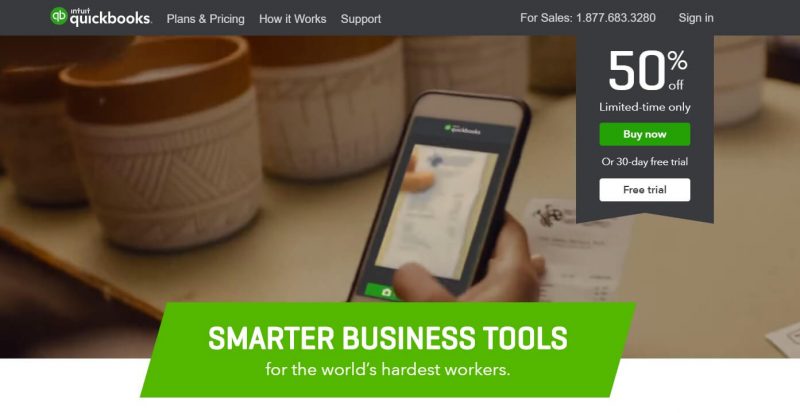3 Ways to Determine If Your Website Idea Is Viable
So, you have an idea for a website. Regardless of whether it’s an idea you’ve had for a while or a brand-new venture, you want to make it successful. However, with millions of websites on the internet, it can be difficult to know whether your idea will soar or fall flat.
Fortunately, there are ways you can determine beforehand how viable your idea is from a business standpoint. With just a bit of research, you can gain an understanding of the industry, and improve the odds of your website idea being a success. This can save you money and time in the long run.
In this post, we’ll discuss three ways to determine if your website idea is viable. We’ll highlight why each one is important, and explain how you can carry out your research successfully. Let’s get started!
1. Determine If There’s an Audience for Your Idea

In the simplest terms, an audience is the people who visit a website. The larger your audience is, the more traffic and potential income your site will likely generate. This is why it’s important to first consider whether there’s even an audience for your website idea, and how big it could be.
Fortunately, this is one of the easier ways to determine website viability. You can take multiple approaches here, although we recommend that you:
- Conduct industry surveys and polls. You can use platforms such as Twitter, Facebook, and Quora to learn more about your potential audience, and to see whether there’s an interest in what you hope to create and/or sell.
- Build a customer persona. This helps you better understand your potential target audience, and research their current needs.
Your audience will drive many of your business decisions, including the types of content you create and the products or services you offer. This is why it’s best to start here, to get an idea for how many people will potentially be interested in your site. Only once you’ve done this should you explore the other considerations on this list.
2. Calculate How Much You Need to Make to Break Even

While running a website is relatively cheap compared to operating a brick-and-mortar business, you still need to consider the costs involved. These include technology (such as software and site hosting), overhead (office equipment, rent, and utilities), and support.
This is an important aspect, because it can help you determine if your idea is sustainable in the long term. The cold, hard numbers offered by calculation can also help you to understand whether the risk is worth it. Here are two tips for calculating how much you’d need to break even:
- Identify your expenses. As we mentioned, these include overhead, technology, and support. With this information at hand, you can understand exactly what you’ll need to make to break even.
- Consider your sources of revenue. With your expenses identified, you still need to pinpoint where your revenue will come from. Will you sell products, or offer services? Will you sell ad space on your website? This will help you predict whether you’ll meet your minimum costs each month, and if you’re likely to eventually make a profit.
You may find that, ultimately, you’ll break even as opposed to making money. If you’re running your website as a hobby, that may be all that you need to consider moving forward. However, it’s up to you to determine what profit margin is worth the effort for you.
3. Research Your Competition

When we talk about your competition, we mean the websites your site will directly and indirectly compete with. Direct competitors include those within the same niche, while indirect competitors include those that don’t provide the same service or product, but fulfill a similar need elsewhere.
By taking a close look at your potential competition, you can better understand the market you’ll be getting involved in. For example, you can see how saturated the market currently is, how big the demand might be for what you’re offering, and if there’s a gap in the market you can fill.
To start researching your competitors, we recommend that you:
- Use Google Keyword Planner to identify industry competition. By researching keywords commonly used in your industry, you can see how much competition there really is. You can then find them and analyze their websites.
- Use competitive analysis to find your edge. Once you understand your competitors’ strengths and weaknesses, you can create a more in-depth website idea that fills the gaps and gives you an advantage in the market.
With this research complete, you may find that your current idea will fit right into the market. However, you may also need to adjust your niche slightly if you want to meet the most pressing customer needs.
Conclusion
The thought of creating your own internet empire is likely intriguing. However, not every website idea is a guaranteed success. This is why you must carefully consider all aspects of your idea before moving forward, and tweak your plans as necessary.
In this post, we’ve introduced three ways to determine if your website idea is viable. To quickly recap, you should:
- Determine if there’s an audience for your idea.
- Calculate how much you need to make to break even.
- Research your competition.
Image credit: Pixabay.

